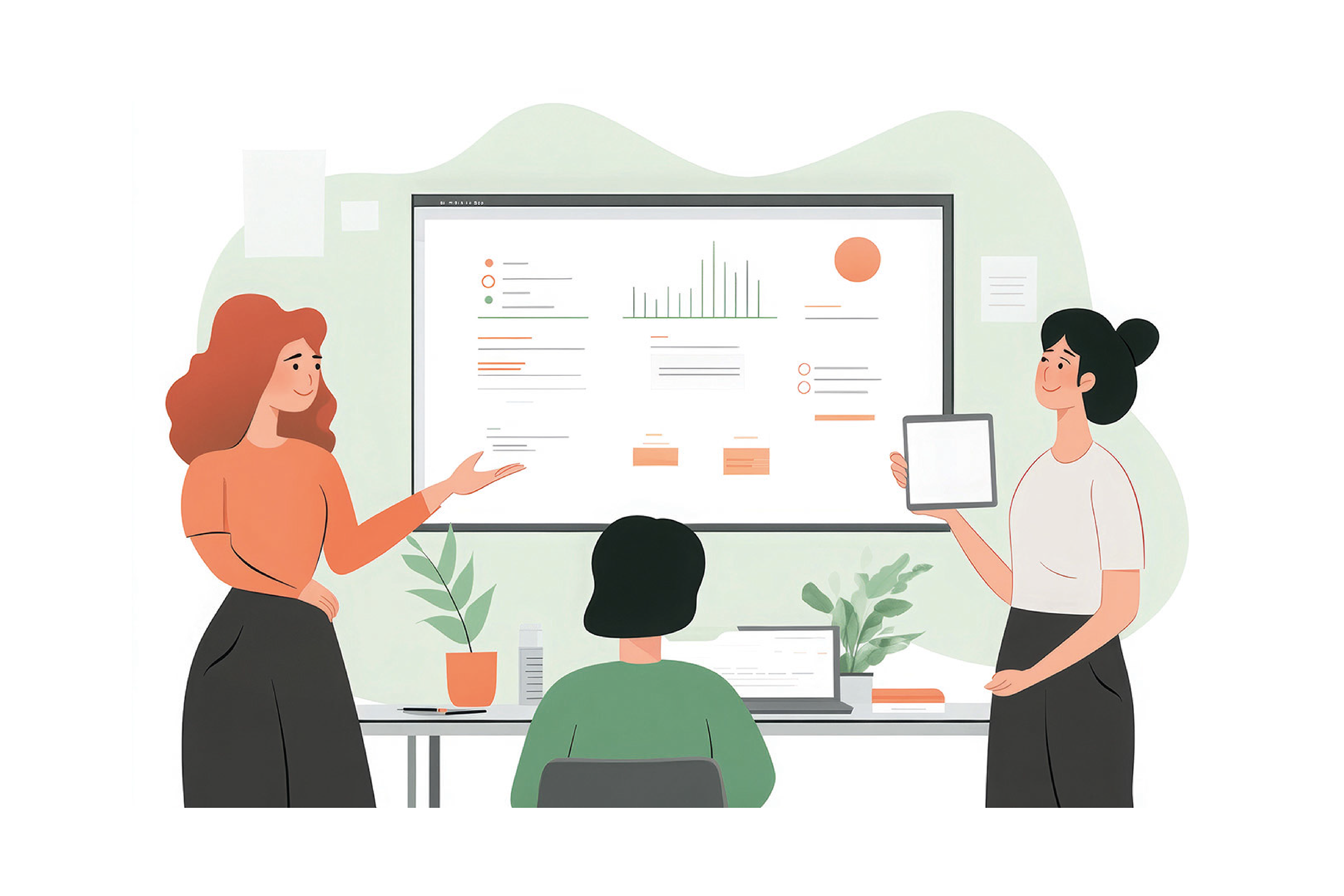Interview with:
Blandine French
Autism & ADHD Researcher
Nottingham Neurodiversity Network
ADHD Taskforce

Having been diagnosed with ADHD and autism as an adult, and with two children with the same diagnosis, Blandine French, ADHD and Autism Researcher, has experienced the harsh realities of wait times and the growing demand for support in the UK at the moment.
“The need for greater access to support for people with neurodevelopmental conditions is just going to keep increasing”, says Blandine. “Getting through the backlog, alongside rising referrals, the need for more resources and a fully trained workforce, is the biggest challenge services are facing.”
Blandine’s research focuses on children’s mental health and, most specifically, neurodiversity. After completing her PhD in increasing GPs’ awareness of ADHD and working on a clinical trial evaluating an app for parents waiting for neurodiverse assessment, she now leads a project looking at the economic costs of undiagnosed ADHD or autism. She also leads the Nottingham Neurodiversity Network, bringing together education, healthcare, researchers and parents towards a common goal.
Barriers to accessing care: fighting fire with fire
Over recent years, we’ve seen a huge increase in awareness and recognition for people with neurodevelopmental conditions such as autism and ADHD.
“Having a diagnosis has become far less stigmatising through the growing use of social media,” says Blandine. “ADHD videos are the second most viewed content on TikTok and more and more celebrities are coming out with a diagnosis”.
Covid was also a catalyst, she goes on to say. Big life changes often trigger a lot of difficulties. Restrictions placed on people’s access to the outside world and a sudden decrease in support from friends and school etc, exacerbated already existing conditions.
“However, the way services are set up means that many different stakeholders are involved, in terms of education, primary and secondary care, coupled with limited capacity, which makes it so complex.” Blandine explains.
“Health, care and education need to work together”
“This is the challenge,” she says. “There is no one mainstream place where everything is communicated, and services are constantly fighting fires. They cannot meet rising demand whilst also having to make decisions as best they can, with limited resources and capacity, which has a rolling impact on all services.”
Blandine goes on to acknowledge that if children and young people, and their families, are waiting years to be seen, this will have a knock on effect for Talking Therapies services, and on education and so on.
“Health, care and education need to work together,” Blandine insists. “When you have lots of different service types that are all fighting fires, all at capacity, it’s not straight forward.”
In Nottingham alone, services are spread across three Trusts with three different care pathways and three different stakeholder groups. Just understanding how each one works breaks down communication and the care that can be offered.
“The complexities of communicating with the right stakeholder at the right time, and not knowing who to talk to or which form to fill out, is a huge barrier to accessing care,” she concludes.
Staying well while waiting: the role of technology & peer support
Technology plays a big part in providing peer support. Facebook groups, for example, have been proven to be a big help in supporting individuals and their families whilst waiting for assessment and diagnosis, with the ability to signpost people to the right platforms and resources.
“We need a combined approach”
“I am very passionate about the role of peer support groups for parents, and have been running them for years. There is also a lot of research around the benefits of digital tools to support ‘waiting well’,” Blandine expands. “There are apps that support coping strategies, psychoeducation and to help to keep you on track with day to day tasks”.
These tools are already implemented in some services across the country, she acknowledges. The key, however, is promoting digital tools that are evidence-based.
“As long as we know and can sign post the tools that provide evidence-based benefits, and with the right research to back it up, individuals should be ok to wait, as long as they are waiting well, with no further risk to themselves or others,” Blandine says.
“We need a combined approach”, she goes on. “We need tech to support children and young people and their families, while on wait lists, but also to help streamline service delivery and automate administrative tasks.”
Clinicians are spending hours inputting data into spreadsheets, taking notes in sessions, sending letters and booking appointments, whilst individuals seeking help are having to repeat their story because care isn’t joined up.
“This is where technology can help,” Blandine explains. “Neurodiversity services could save valuable time and resources by using AI note taking systems, automated questionnaires and streamlining the way referrals and diagnosis are handled. And, if systems could talk to one another, the time saved for both parties would be invaluable in providing greater access to support”.
*Clause: for the purpose of these articles we will be using the term ‘neurodiversity services’ which encompasses services within the NHS, voluntary, private, and public health settings supporting provision of assessment and diagnosis for neurodevelopmental conditions such as autism and ADHD.
If you would would like to contribute to our thought leadership series, please get in touch.
PR contact:
Louisa Clark
hi@mayden.co.uk


